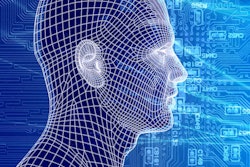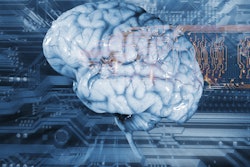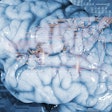Dear Artificial Intelligence Insider,
Natural language processing can be a valuable tool for unlocking information in free-text radiology reports that could be useful in creating artificial intelligence (AI) algorithms. By incorporating MRI reports into the training process for a deep-learning algorithm, Australian researchers achieved improved accuracy for predicting the cause of transient ischemic attack-like symptoms in patients.
How did they do it? You can learn all about it in this issue's Insider Exclusive.
AI can also accurately identify chest radiographs that contain abnormal findings, enabling automated triage of these exams so they can be interpreted sooner by radiologists, according to researchers from the U.K.
What will it take for AI to become part of the standard of care in radiology? In a contributed column for AuntMinnie.com, Elad Walach of AI firm Aidoc and Dr. Carl Aschkenasi of Teleradiology Solutions delve into the important structural changes needed to address AI's current financial, regulatory, and technical barriers.
The combination of AI and radiomics can be highly accurate for differentiating between glioblastoma and solitary metastasis on T1-weighted MRI exams, according to a recent study. In addition, machine learning and functional MRI can reveal the cellular properties of brain regions, offering potential for noninvasive assessment for neurological diseases and the use of personalized therapies.
AI can also enhance the diagnostic accuracy of thyroid ultrasound, as well as identify follow-up recommendations included in radiology reports. By analyzing the area immediately outside of the nodule, an AI algorithm can distinguish benign from malignant nodules in cases of suspected non-small cell lung cancer.
A deep convolutional neural network can create high-quality PET/MR images for detecting amyloid deposits in the brain with just 1% of the full dose of the radiotracer used in these exams. In addition, researchers have developed an AI algorithm that's designed to address two of the biggest challenges in imaging AI.
Finally, an AI algorithm can also detect all types of intracranial hemorrhage on noncontrast head CT studies, and, when paired with dual-energy mammography, AI could help reduce unnecessary biopsies.
Is there a story you'd like to see covered in the Artificial Intelligence Community? Please feel free to drop me a line.




















